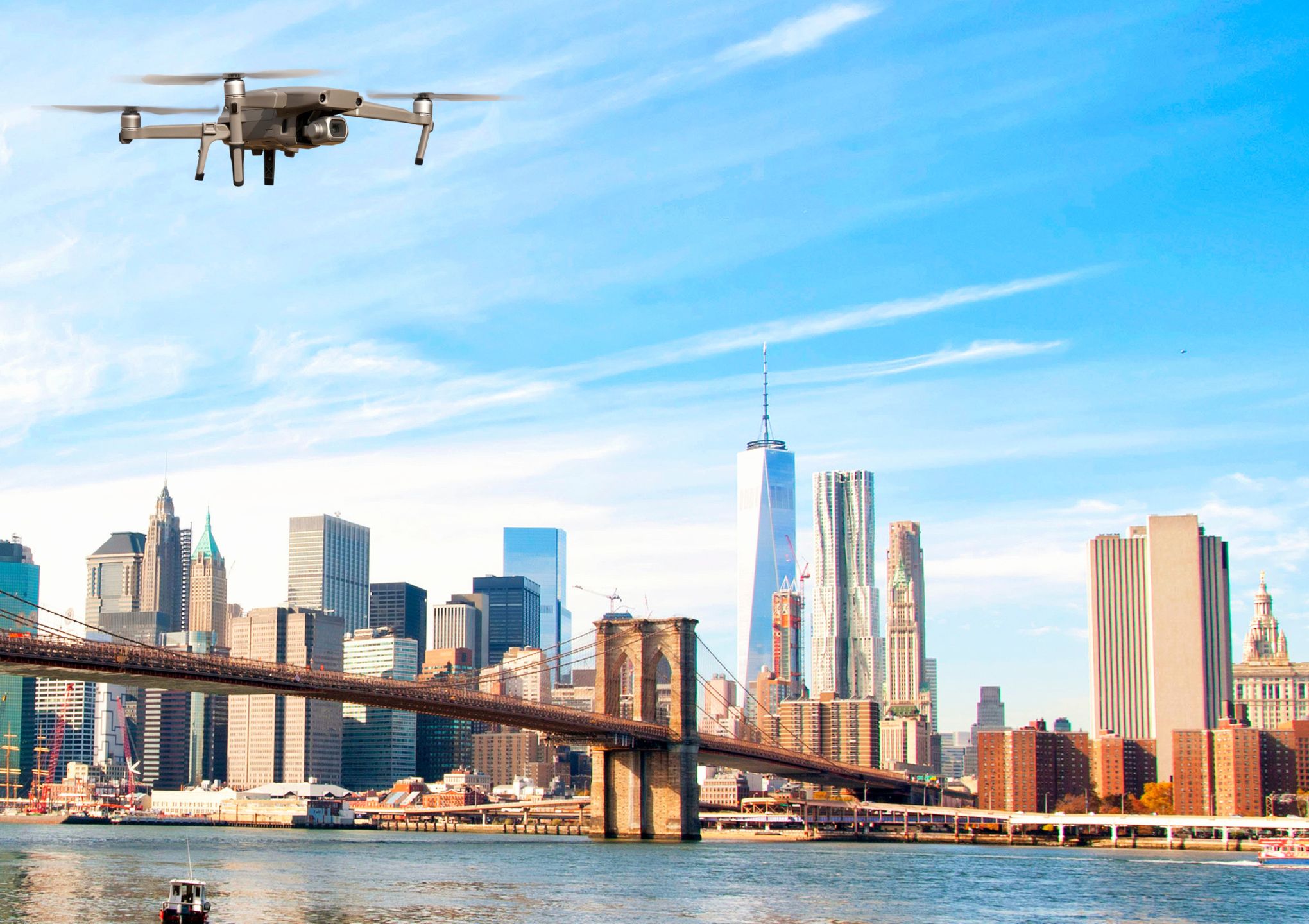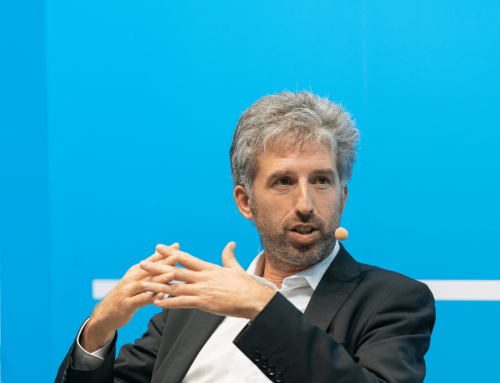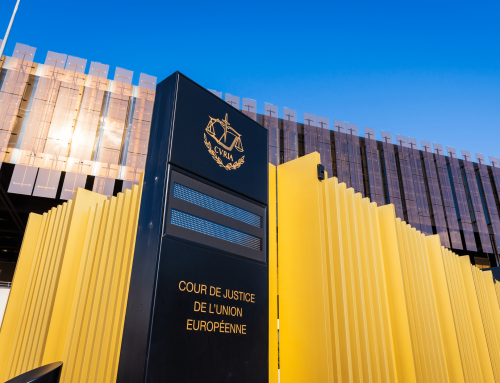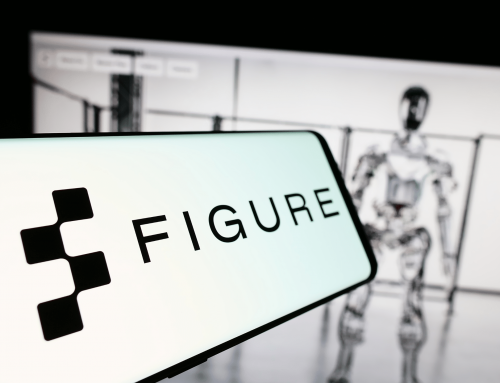In the vibrant metropolis of New York, which never sleeps, major events are not uncommon. But how can the police keep track of such huge events? A new, innovative approach is becoming increasingly popular: Drones. However, the use of this technology is controversial and has civil rights activists up in arms.
The modern bird's eye view: drones as surveillance tools
Street parties are an integral part of New York's culture, especially the J'Ouvert in the borough of Brooklyn. Originally a festival from the Caribbean, it is celebrated in New York as a sign of emancipation from slavery. The NYPD now uses drones here to keep an eye on crowds of people. The purpose? Security. Unfortunately, there have been incidents of gun violence at previous Events , so the desire for a better overview is understandable.
Critical voices: Data protection and discrimination
But as with any new technology, there are also concerns here. One key point of criticism is the potential for discrimination. Civil rights activists such as Daniel Schwarz from the New York Civil Liberties Union see drones as "dystopian technologies" that have been used to monitor minority groups in the past. Schwarz argues that the use of surveillance drones at such a culturally significant festival as J'Ouvert is discriminatory.
Albert Fox Cahn of the Surveillance Technology Oversight Project (STOP) also expressed concerns and even hinted that there could be a legal dispute.
Previous drone missions by the NYPD
This is not the first time that the police in New York have used drones. They have already been used at various Events and operations - from searching for sharks on the city's beaches to informing Pride parade participants that it was time to go home.
Conclusion: A balancing act between technology and data protection
The debate about the use of drones shows how important it is to find a balance between security and the rights of the individual. While there is a very good level of protection in Europe with the GDPR and such surveillance would be unthinkable, this case shows that there is still a completely different understanding of data protection in the USA.







